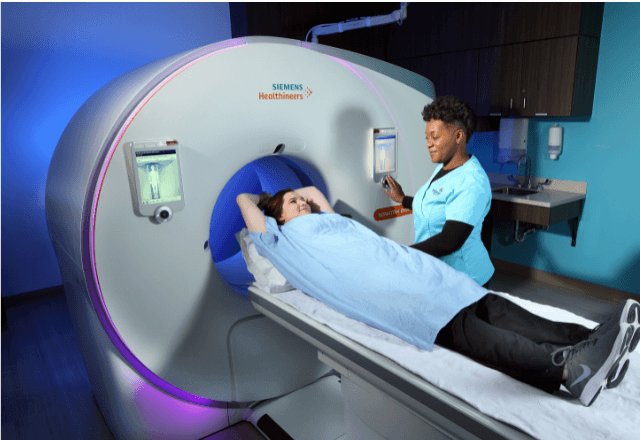CT Bone Mineral Density Testing in Rodents
The process of CT bone mineral density (BMD) testing in rodents is a sophisticated and precise method used to assess the structural health and bone quality of these animals. This technique offers critical insights into various research areas such as osteoporosis, aging effects on bones, and the efficacy of new pharmaceutical treatments aimed at enhancing bone density.
CT BMD testing involves the use of high-resolution computed tomography scanners designed specifically for small animal imaging. These instruments deliver low-dose X-rays that are highly accurate in measuring the amount of calcium and other minerals within the bone matrix. The scanner captures cross-sectional images of the bones, which are then analyzed using specialized software to calculate BMD values.
The testing procedure begins with careful preparation of the rodent specimens. This includes ensuring the animal is in a stable position during the scan to avoid motion artifacts that could distort results. Once positioned, the rodent undergoes a brief CT scan, typically lasting no more than a few minutes. The data collected from these scans are then processed using advanced algorithms that provide quantitative measurements of bone density.
One of the key advantages of this technique is its ability to non-invasively assess changes in bone structure over time. This makes it particularly valuable for longitudinal studies where researchers need to monitor the progression or regression of bone diseases and treatments. Additionally, the high resolution provided by CT scans allows for detailed analysis even at microscopic levels.
To ensure accurate and reproducible results, strict adherence to standard operating procedures (SOPs) is essential. These SOPs cover everything from specimen handling to data interpretation, ensuring that all tests are conducted under consistent conditions. Compliance with international standards such as ISO 5725-2 ensures reliability and validity of the test outcomes.
For quality managers, compliance officers, R&D engineers, and procurement professionals working in clinical and healthcare sectors, understanding the nuances of CT BMD testing can significantly enhance research capabilities and product development processes. By leveraging this technology, these stakeholders can contribute to advancements in medical treatments and diagnostics aimed at improving patient outcomes.
| Stage | Description |
|---|---|
| Preparation | Ensuring proper positioning of the rodent specimen for accurate scanning. |
| Data Collection | Capturing high-resolution images using a dedicated small animal CT scanner. |
| Analysis | Processing raw scan data with specialized software to calculate BMD values. |
- Non-Invasive: Allows for repeated measurements without causing harm to the rodent.
- High Precision: Provides detailed images that allow for precise quantification of bone density.
Industry Applications
- Osteoporosis Research: Investigating mechanisms and treatments.
- Drug Development: Evaluating the efficacy of new medications.
- Aging Studies: Analyzing bone changes associated with aging processes.
- Bone Biology: Exploring fundamental aspects of bone formation and resorption.
| Application | Description |
|---|---|
| Osteoporosis Research | Identifying factors that contribute to bone loss in elderly populations. |
| Drug Development | Evaluating the effectiveness of new drugs designed to strengthen bones. |
| Aging Studies | Analyzing how aging affects bone structure and density. |
| Bone Biology | Exploring cellular processes involved in bone health. |
EuroLab Advantages
- State-of-the-Art Equipment: Utilizing cutting-edge CT scanners tailored for small animal imaging.
- Experienced Technicians: Trained professionals ensuring accurate and reliable test results.
- Compliance with Standards: Adhering to international standards like ISO 5725-2 for precision.
- Research Support: Providing comprehensive support for both academic and industrial research projects.
EuroLab's commitment to excellence in CT BMD testing is reflected in its ability to deliver accurate, reproducible results that meet the stringent requirements of scientific research. Our team of experts works closely with clients to ensure every aspect of the testing process aligns perfectly with their specific needs and objectives.
Customer Impact and Satisfaction
- Enhanced Research Quality: Accurate data leading to more robust scientific findings.
- Faster Development Cycles: Streamlined processes contribute to quicker product launches.
- Better Product Outcomes: Improved understanding of bone health translates into enhanced medical solutions.
Our clients benefit greatly from the precision and reliability offered by EuroLab's CT BMD testing services. Positive customer feedback is a testament to our dedication to providing top-tier support and innovative solutions in clinical imaging and radiology testing.





